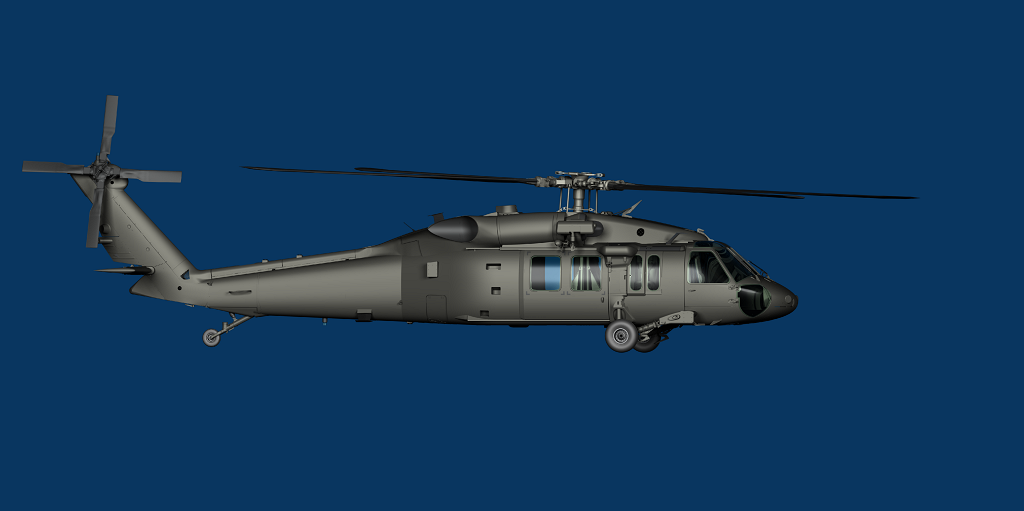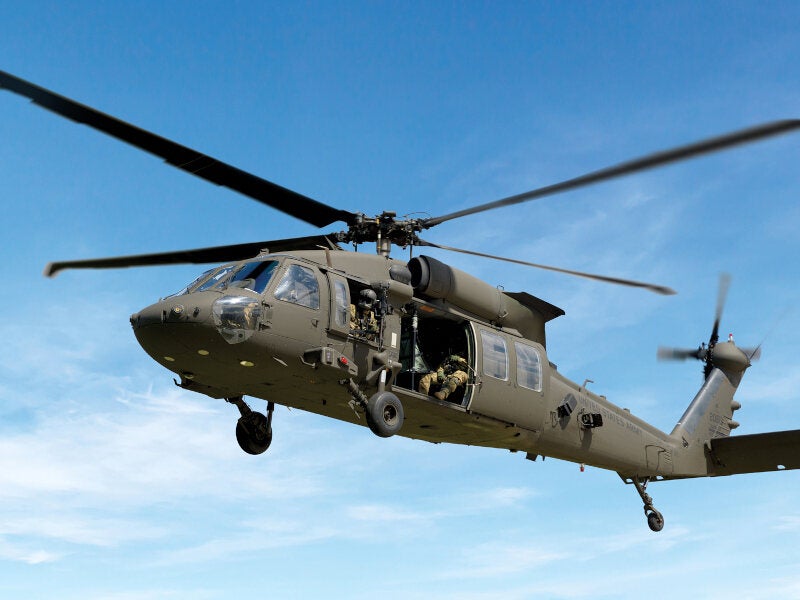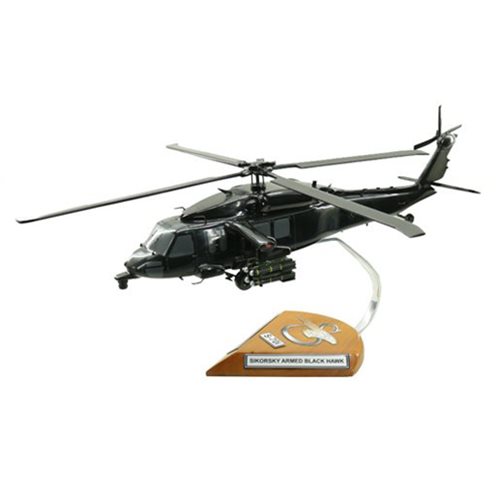The Sikorsky S 70 Helicopter: A Deep Dive into Its Design and Performance
The Sikorsky S 70 Helicopter: A Deep Dive into Its Design and Performance
Blog Article
High-Performance Multi-Role Rotorcraft Featuring Advanced Cockpit Technologies and Integrated Sensor Systems
The world of rotorcraft innovation has seen significant developments in current times, especially in the realm of high-performance multi-role rotorcraft equipped with innovative cabin innovations and effortlessly incorporated sensing unit systems. In the following conversation, we will certainly explore the development of rotorcraft modern technology, dig right into the realm of sophisticated cabin innovations, and analyze the implications of integrated sensing unit systems on the functional versatility and performance of contemporary rotorcraft.
Evolution of Rotorcraft Technology
The development of rotorcraft modern technology has actually been marked by considerable innovations in the rules of aerodynamics, materials, and propulsion systems, shaping the capabilities and efficiency of modern rotorcraft. Wind resistant enhancements have boosted the performance and maneuverability of rotorcraft, enabling raised speed, dexterity, and security throughout trip (sikorsky s 70). Technologies in products, such as using composite materials and advanced alloys, have brought about lighter yet stronger rotorcraft structures, enhancing overall efficiency and durability. In addition, advancements in propulsion systems, including much more effective engines and cutting-edge propulsion technologies, have made it possible for rotorcraft to attain greater elevations, faster rates, and higher payloads.
These innovations have not just transformed the capacities of rotorcraft yet have also broadened their applications across different industries, including military, industrial, and emergency solutions. The continual development of rotorcraft technology remains to drive innovation in the field, pushing the boundaries of what is feasible and forming the future of upright flight.
Advanced Cockpit Innovations
Building upon the fundamental improvements in aerodynamics, products, and propulsion systems, the realm of rotorcraft modern technology currently shifts emphasis towards introducing Advanced Cabin Innovations. The combination of advanced technologies within the cockpit setting plays an essential role in boosting the operational abilities, safety, and effectiveness of modern rotorcraft. sikorsky s 70. Advanced Cockpit Innovations incorporate a broad selection of functions made to offer pilots with enhanced situational understanding, streamlined data management, and instinctive control interfaces
Among the essential developments in cabin design is the application of glass cabins, which replace standard analog determines with high-resolution screens. These electronic systems supply customizable designs, real-time information assimilation, and improved readability, allowing pilots to access critical information at a look. Furthermore, progressed avionics systems, such as fly-by-wire controls and enhanced truth display screens, are transforming how pilots interact with the aircraft, permitting exact control and boosted decision-making capacities.


Including sophisticated cockpit innovations not just boosts pilot performance but additionally adds to general mission performance and safety and security in complicated operational settings. By leveraging modern modern technologies within the cabin, rotorcraft producers are setting brand-new requirements for operational quality and objective success.
Integrated Sensing Unit Solutions
With the development of rotorcraft innovation, the integration of advanced Integrated Sensor Solution has come to be vital in boosting operational performance and safety. These Integrated Sensor Systems incorporate a broad selection of modern technologies that supply vital information for various features such as navigating, surveillance, targeting, and ecological tracking. By perfectly integrating sensors like radars, electronic cameras, lidar, and infrared systems into rotorcraft, drivers can gain from improved situational understanding, improved mission capabilities, and minimized pilot work.
One key advantage of Integrated Sensor Equipments is their capability to collect real-time data and give workable insights to pilots and objective operators. For instance, progressed radar systems can spot and track targets over fars away, enabling early risk discovery and efficient reaction planning. In addition, incorporating infrared and electro-optical cameras enables rotorcraft to conduct reconnaissance and monitoring missions with precision and accuracy.
Basically, the integration of innovative sensing unit modern technologies right into rotorcraft not just boosts functional efficiency however likewise adds substantially to general objective success and team security. As rotorcraft continue to develop, the role of Integrated Sensor Systems will certainly remain at the forefront of development in the aerospace industry.
Operational Versatility and Effectiveness
Enhancing functional versatility and efficiency in rotorcraft is a natural development from the combination of advanced Integrated Sensing unit Solutions. By leveraging the data and understandings provided by these sophisticated sensing unit systems, rotorcraft can enhance their performance across numerous objectives and environments.
Operational convenience incorporates the capability of rotorcraft to adapt to various roles and circumstances effectively. With advanced cabin innovations and incorporated sensor systems, rotorcraft can seamlessly shift between jobs such as search and rescue, medical discharge, monitoring, and more. This convenience improves the rotorcraft's capability to satisfy diverse functional demands without calling for extensive reconfiguration.
Performance in rotorcraft operations is crucial for optimizing objective efficiency and source application. Integrated sensing unit systems play a pivotal function in boosting operational effectiveness by giving real-time data on climate problems, terrain mapping, target monitoring, and extra. This data allows pilots to make informed choices quickly, enhance trip view it courses, conserve fuel, and improve overall objective efficiency.
Influence On Modern Air Travel Workflow

Furthermore, the combination of advanced sensing units facilitates boosted mission preparation and execution, enabling rotorcraft to perform a vast array of tasks with improved precision. From search and rescue procedures to airborne firefighting and legislation enforcement goals, the abilities of modern click over here rotorcraft geared up with innovative cockpit technologies and integrated sensor systems are unrivaled.
Additionally, the impact of these improvements extends past operational effectiveness to cost-effectiveness and sustainability. By optimizing flight routes, fuel consumption, and upkeep timetables, high-performance rotorcraft furnished with innovative cockpit modern technologies and sensing units add to reducing operational expenses and ecological impact, making them crucial possessions in contemporary aeronautics operations.
Conclusion
In final thought, the high-performance multi-role rotorcraft with advanced cabin technologies and incorporated sensor systems stands for a significant evolution in aviation innovation. These technologies enhance operational adaptability and efficiency, eventually impacting contemporary aeronautics procedures in a favorable method. The combination of these sophisticated technologies permits boosted capabilities and efficiency in various objective situations, showcasing the continued development of rotorcraft technology in the aeronautics industry.
The world of rotorcraft innovation has seen significant advancements in recent times, particularly in the realm of high-performance multi-role rotorcraft geared up with cutting-edge cabin modern technologies and perfectly integrated sensor systems. From boosted mission versatility to enhanced functional effectiveness, the merging of innovative cockpit technologies and incorporated sensor systems has ushered in a brand-new age of possibilities for rotorcraft applications. In the complying with discussion, we will certainly check out the advancement of rotorcraft innovation, dive into the realm of advanced cockpit innovations, and examine the implications of integrated sensor systems on the functional flexibility and performance of modern rotorcraft.

Report this page